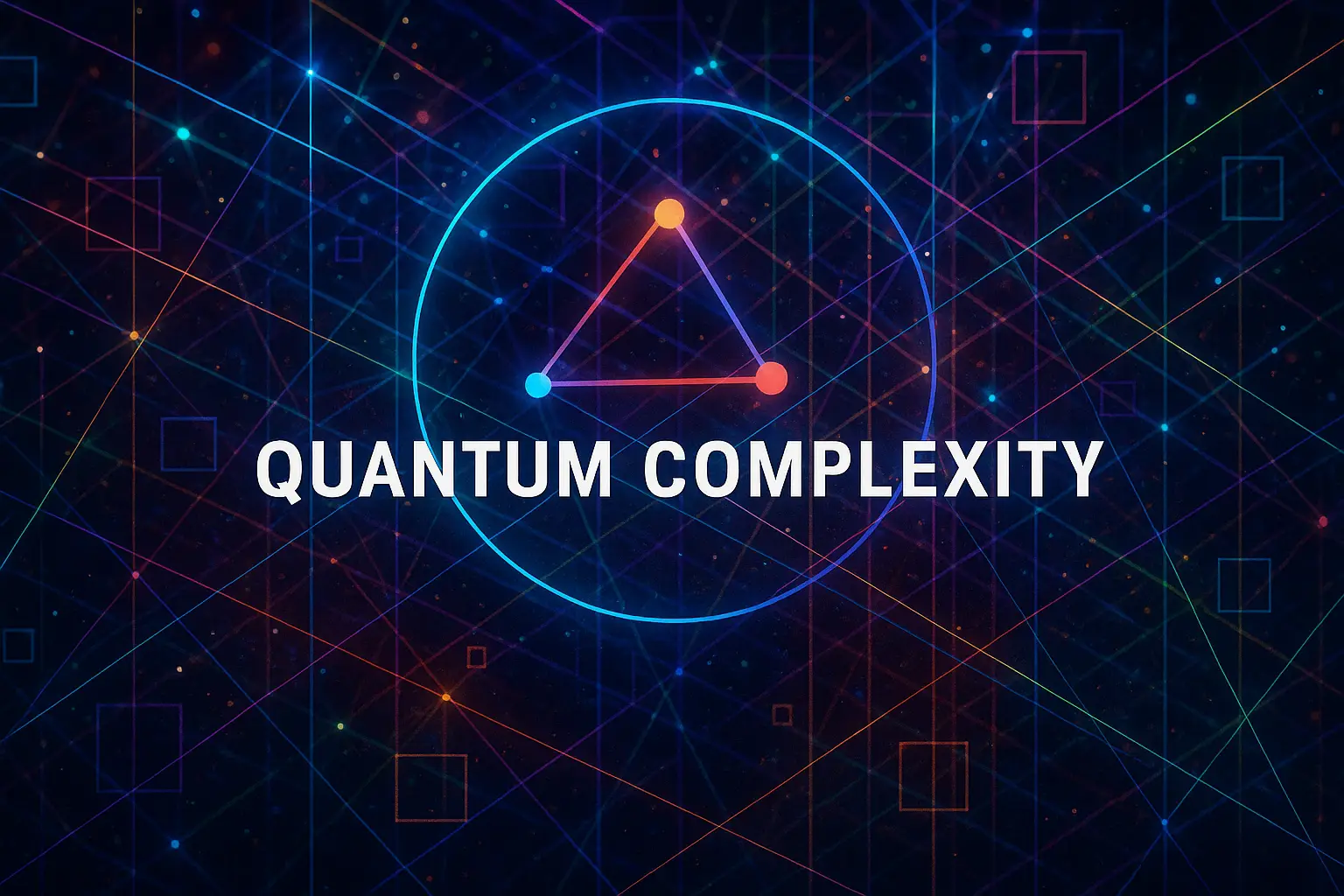Table of Contents
- Introduction
- Why Quantum Data Structures Matter
- Differences Between Classical and Quantum Data Models
- Superposition and Data Representation
- Quantum RAM (QRAM)
- Quantum Access Patterns and Query Models
- Quantum Hashing Techniques
- Grover’s Search and Structured Data
- Quantum Bloom Filters
- Quantum Tries and Prefix Trees
- Quantum Graph Representations
- Sparse vs Dense Quantum Matrices
- Quantum Priority Queues and Heaps
- Quantum Stack and Queue Models
- Quantum Random Access Codes
- Lower Bounds in Quantum Data Structures
- Space-Time Tradeoffs in Quantum Storage
- Error Correction in Quantum Data Structures
- Applications in Quantum Machine Learning and Search
- Future Directions and Open Challenges
1. Introduction
Quantum data structures refer to the encoding, storage, and manipulation of data using quantum mechanical systems. These structures support quantum algorithms by offering efficient access patterns, memory usage, and processing methods tailored to quantum hardware.
2. Why Quantum Data Structures Matter
Efficient quantum data structures are essential for:
- Reducing quantum resource consumption
- Supporting quantum algorithms (e.g., Grover, QAOA)
- Enabling scalable quantum machine learning
They bridge abstract quantum algorithms with practical hardware.
3. Differences Between Classical and Quantum Data Models
Unlike classical structures, quantum data structures operate on states in superposition, and accessing or modifying data typically involves unitary operations or measurements, which may collapse or entangle state information.
4. Superposition and Data Representation
Quantum states can represent exponentially many data values simultaneously. A key challenge is how to prepare, access, and process these states meaningfully and efficiently within quantum systems.
5. Quantum RAM (QRAM)
QRAM is a quantum analog of classical RAM. It allows:
- Superposed memory access: querying multiple addresses at once
- Efficient loading of classical data into quantum form
QRAM underpins many quantum machine learning and search applications.
6. Quantum Access Patterns and Query Models
Quantum algorithms use access oracles that must be implemented by structured unitary transformations. Query complexity and model selection affect how efficient and feasible such access is in real-world quantum computers.
7. Quantum Hashing Techniques
Quantum hashing enables the creation of compressed representations or identification methods in quantum space. These are used in quantum authentication, communication, and hash-based search algorithms.
8. Grover’s Search and Structured Data
Grover’s algorithm can be adapted to structured data like trees, graphs, or sorted arrays by implementing suitable oracles. These adaptations lead to quantum search strategies in non-uniform data layouts.
9. Quantum Bloom Filters
Quantum bloom filters use phase-based techniques and amplitude encoding to simulate probabilistic data structures in quantum systems, offering constant-space membership tests with fewer false positives.
10. Quantum Tries and Prefix Trees
Tries can be adapted to quantum settings for tasks like:
- Pattern matching
- String encoding
Quantum tries leverage amplitude amplification to perform prefix search with fewer queries than classical counterparts.
11. Quantum Graph Representations
Graphs can be encoded using adjacency matrices or lists in QRAM. Quantum walks and related algorithms exploit such representations to solve connectivity and traversal problems efficiently.
12. Sparse vs Dense Quantum Matrices
Storing sparse matrices in quantum systems is more efficient due to reduced qubit overhead. Many quantum algorithms (like HHL) require efficient representations for sparse linear algebra.
13. Quantum Priority Queues and Heaps
Though difficult to implement directly, approximate priority queues can be used in quantum scheduling and optimization tasks, often via amplitude-based ranking schemes or adiabatic methods.
14. Quantum Stack and Queue Models
Quantum push-pop operations must preserve unitarity. This constrains classical stack/queue logic but allows approximations and hybrid quantum-classical buffering strategies.
15. Quantum Random Access Codes
These codes store large classical strings in small quantum registers such that individual bits can be retrieved with high probability. They illustrate trade-offs between space and query accuracy.
16. Lower Bounds in Quantum Data Structures
Quantum complexity theory proves bounds on space/query time trade-offs. For example, there are lower bounds on the number of queries needed to sort or search structured quantum data.
17. Space-Time Tradeoffs in Quantum Storage
Quantum systems must trade off number of qubits, coherence time, and gate complexity. QRAM access trees and entanglement graphs are studied to optimize these tradeoffs.
18. Error Correction in Quantum Data Structures
Quantum data is fragile. Encoding schemes must integrate error correction (e.g., surface codes, cat codes) directly into the structure to preserve data integrity during access and updates.
19. Applications in Quantum Machine Learning and Search
Quantum data structures power techniques in:
- kNN classification
- Support vector machines
- Graph-based learning
- Pattern mining in amplitude spaces
20. Future Directions and Open Challenges
- Scalable QRAM architectures
- Practical hybrid quantum-classical structures
- Low-depth circuit encodings for large data
- Algorithms for learning quantum data structures from examples
Quantum data structures are vital for unlocking practical applications of quantum computation. They connect algorithm design with memory engineering and push the boundaries of what’s computationally possible with quantum systems.


